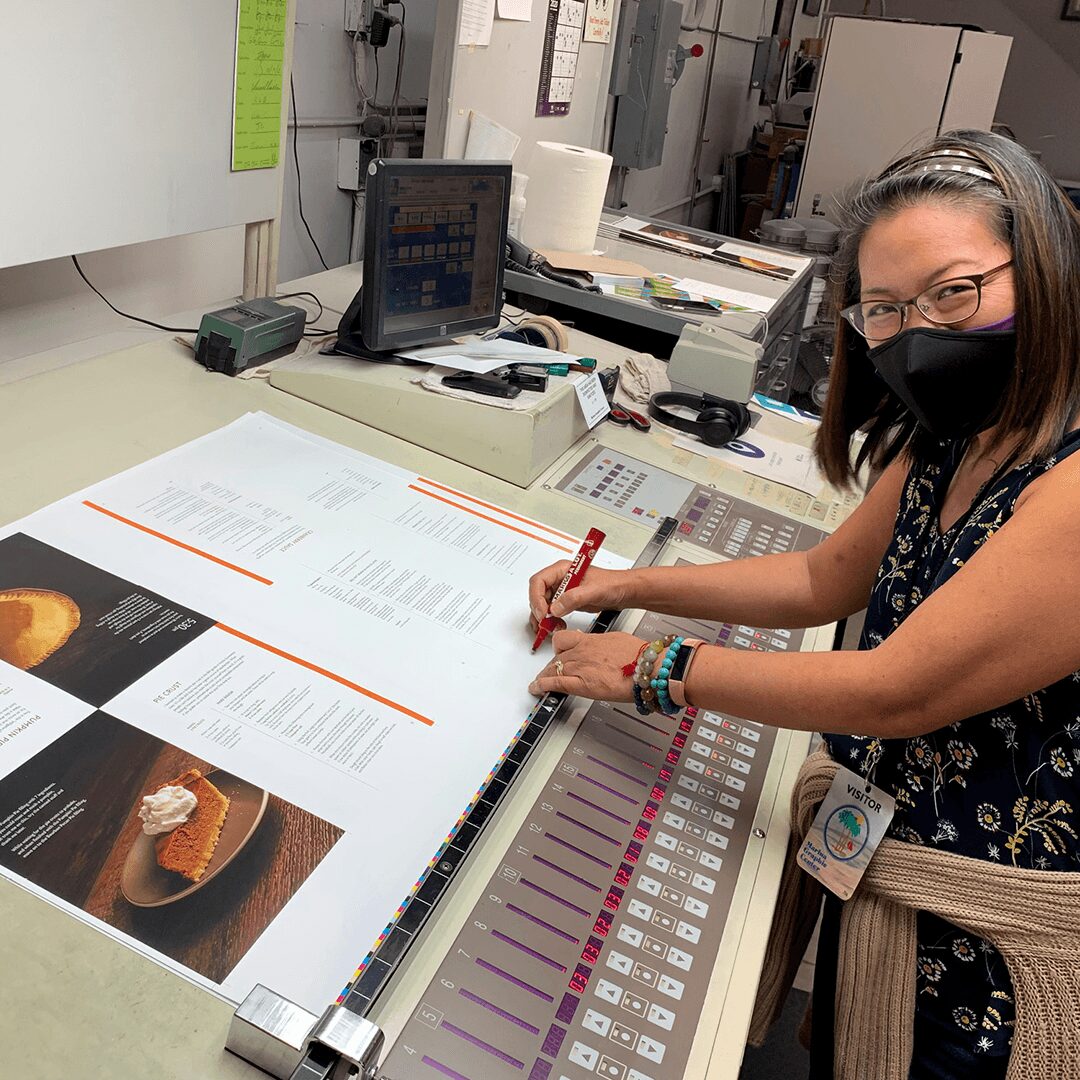We were lucky to catch up with Jessica Williams recently and have shared our conversation below.
Jessica, appreciate you joining us today. Risk taking is something we’re really interested in and we’d love to hear the story of a risk you’ve taken.
Sometimes I think of myself as an “accidental entrepreneur.”
I started my third business in 2017 (after two previous business failures, leading to many years in Corporate America). After getting laid off from my job in tech consulting, I didn’t have much luck finding a “regular job,” so I started looking at contract work. Thankfully, I had learned a few things from my two prior failed attempts: Sell something people want to buy. Find a “happy hunting ground” where buyers congregate. And do something that involves 4-5 figure contracts ($1000+), not 2-3 figure sales ($50+). Finally, I built a 6-figure business, starting in year 1. Tech industry friends ask me what my secret is: I found an underserved market – namely cloud technology adoption – and found boutique firms for whom I could white label my consulting services. This approach proved successful and with my knack for upselling existing clients, it became sustainable, enabling me to continue to offer those services today.
Then in 2020 – in the midst of the pandemic lockdown – I started a fourth business, also by accident, in which I broke all the “rules” of the successful business I already had. In fact, this business has never been profitable. And yet, it is the “job” that has brought me the most joy I have ever had in my business life. Wonder how a money-losing venture could bring a smile to an entrepreneur’s face? My husband still does.
Simply put, I wrote a cookbook, went the indie publishing route, put up a website, got it on Amazon, and got an Instagram account. I had done a little research on what was involved, but decided to just “go for it.” It was probably better that I did not know that being an author is 10% writing and 90% marketing. I did not know profit margins for full-color, hardcover books are razor thin – or even nonexistent. I did not calculate how much money would go out the door on web and email hosting; fees on Stripe, Paypal, and Amazon; and everything that goes into book events. I had heard it was hard to build a social media following without a plan – I got my 100th follower in year 4.
My cookbook designer often says, fondly, with a twinkle in her eye, “Everything happened because you said ‘yes!'” I got the idea for a cookbook about Thanksgiving when my son was in elementary school. As a third-generation Asian American who grew up in Hawai’i, Thanksgiving was the American equivalent of the nine-course Chinese banquet or the Hawaiian luau – a feast that brought families and communities together. The only problem was, I’ll venture to say most Asian Americans (and a good number of other Americans) had no idea where to start. On top of that, it turns out many people are afraid to do so. My love of food collided with my love of teaching others something new and the “Turkey Savvy” cookbook was born. Or more accurately, it gestated over a ten-year period before making it into print.
Originally, I simply envisioned it as a free PDF that people could download from my website – just a fun giveaway, nothing too serious. I asked a professional graphic designer friend for help: “Can you make it look pretty?” was my only ask. She took a look. She asked a lot of questions. Then she said, “I’ll help you on one condition.”
“Which is?”
“I don’t give my work away for free. If I help you, you must sell it.”
At that point, I figured I could always put it up on Amazon, so I agreed. Many more decisions and late nights ensued, quibbling over line length, exulting over color schemes. We each stayed in our lane but worked synergistically to create the final product. Each roadblock led to creative solutions. I hired a food photographer that I found on the Bark app. Thanks to a referral by the food photographer, I hired a food stylist a week before the photo shoot. I almost overcooked the turkey and thought my pecan pie looked terrible. But in the end, my designer and I both agreed: the feeling of total artistic freedom while working with a diverse, top-notch, almost all-female team, was incomparable, maybe a once-in-a-lifetime experience that both of us treasure to this day.
I only learned a few years after “pub day” that the average cookbook sells just 300 copies and I’ve already hit that number. But I persist because I still believe in the message of the book – that making a festive meal is about nourishing not only body, but spirit. When I bring my message about building community to book events, I see it resonate on people’s faces. It’s not about money or fame for me, it’s about encouraging my readers to look their fears of cooking a massive meal in the face and do it anyway, so they can see what a difference it makes in their own lives and in their communities. It’s about leaving a legacy for my son and our Asian American family, who have worked hard to assimilate into American culture.
And the pecan pie picture over which I despaired? It is by far the most popular picture in the entire book and always gets the most Instagram love.
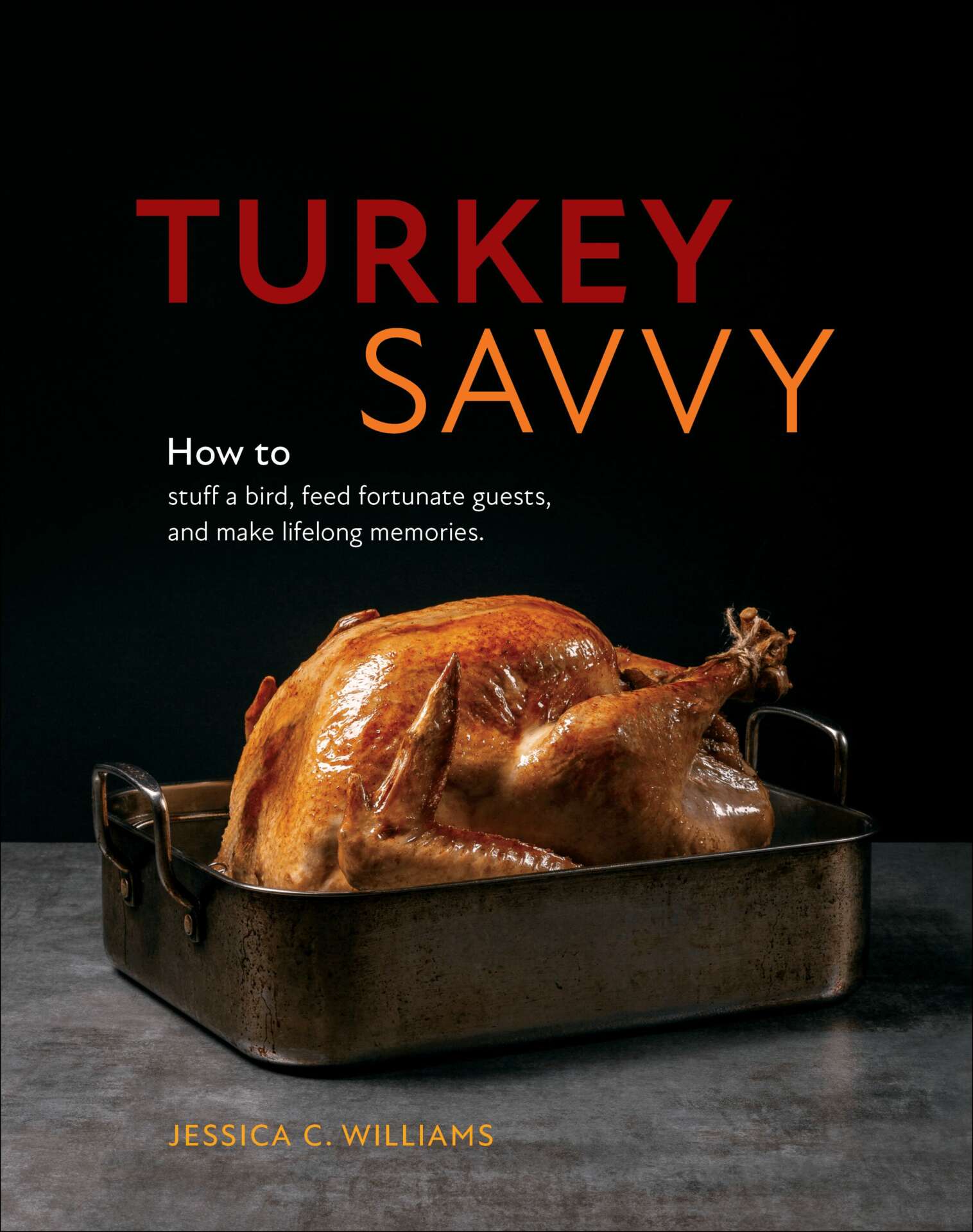
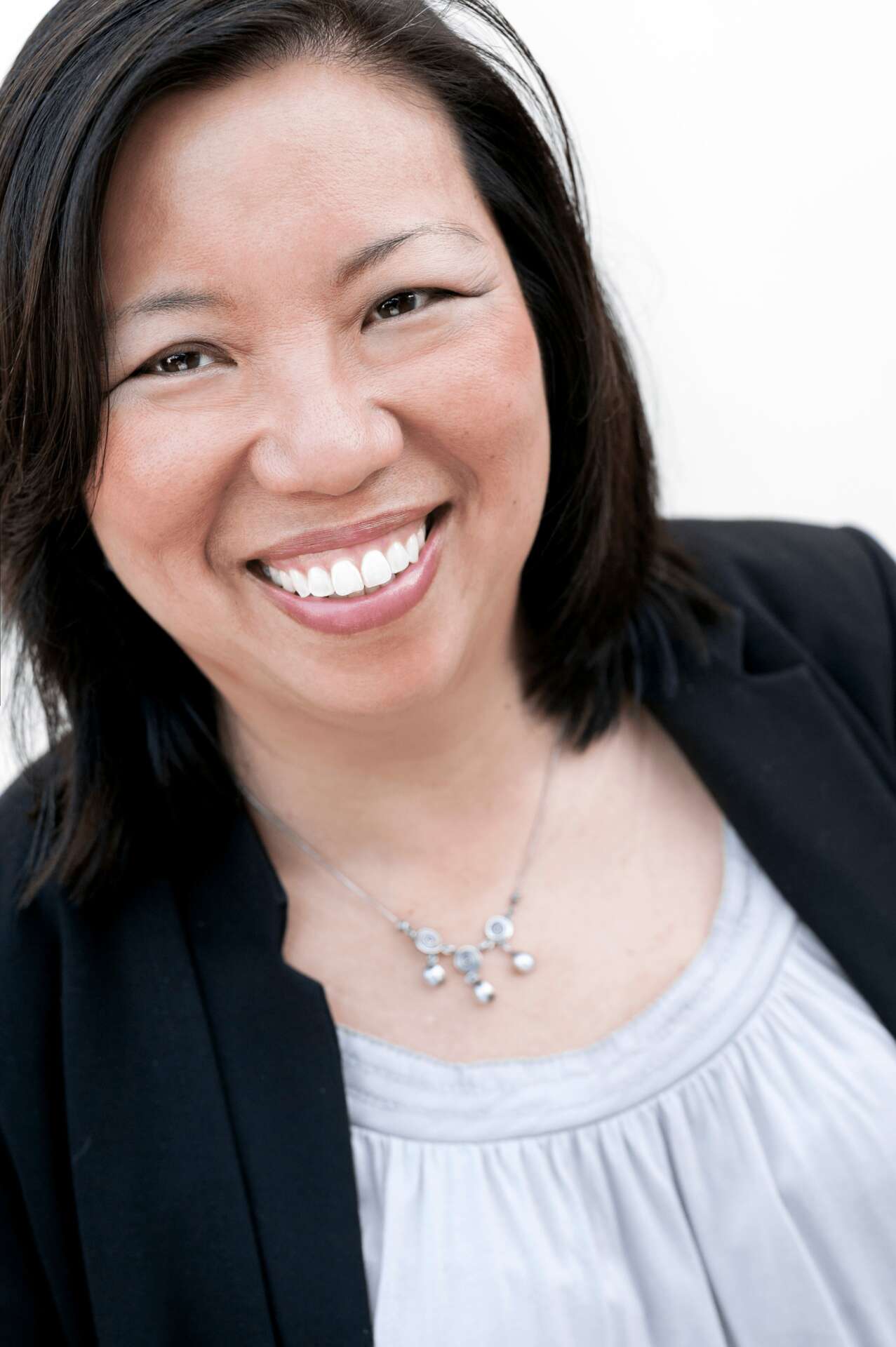
As always, we appreciate you sharing your insights and we’ve got a few more questions for you, but before we get to all of that can you take a minute to introduce yourself and give our readers some of your back background and context?
Savvy Friends Press was envisioned to provide both books and merch to support “emerging” home cooks.
The Savvy Friends Press journey began with the publication of my cookbook, “Turkey Savvy.” We have a new product in the works and plan to launch it in the coming is this year.
I hope Turkey Savvy readers will get inspired to face their fears of making this epic meal, do it anyway, and see what a difference it makes in their own lives and in their communities.
Follow @savvyfriendspress on IG and FB to keep it n touch with us! And to get your free turkey dinner shopping list, sign up for our newsletter at savvyfriendspress.com
Note: My consulting and course creation services are by referral only, and focuses on change management, specializing in supporting digital transformation initiatives, specifically the adoption and uptake of cloud collaboration tools like Microsoft Teams.
IG/FB/Threads: @savvyfriendspress
Website: www.savvyfriendspress.com
Email: [email protected]

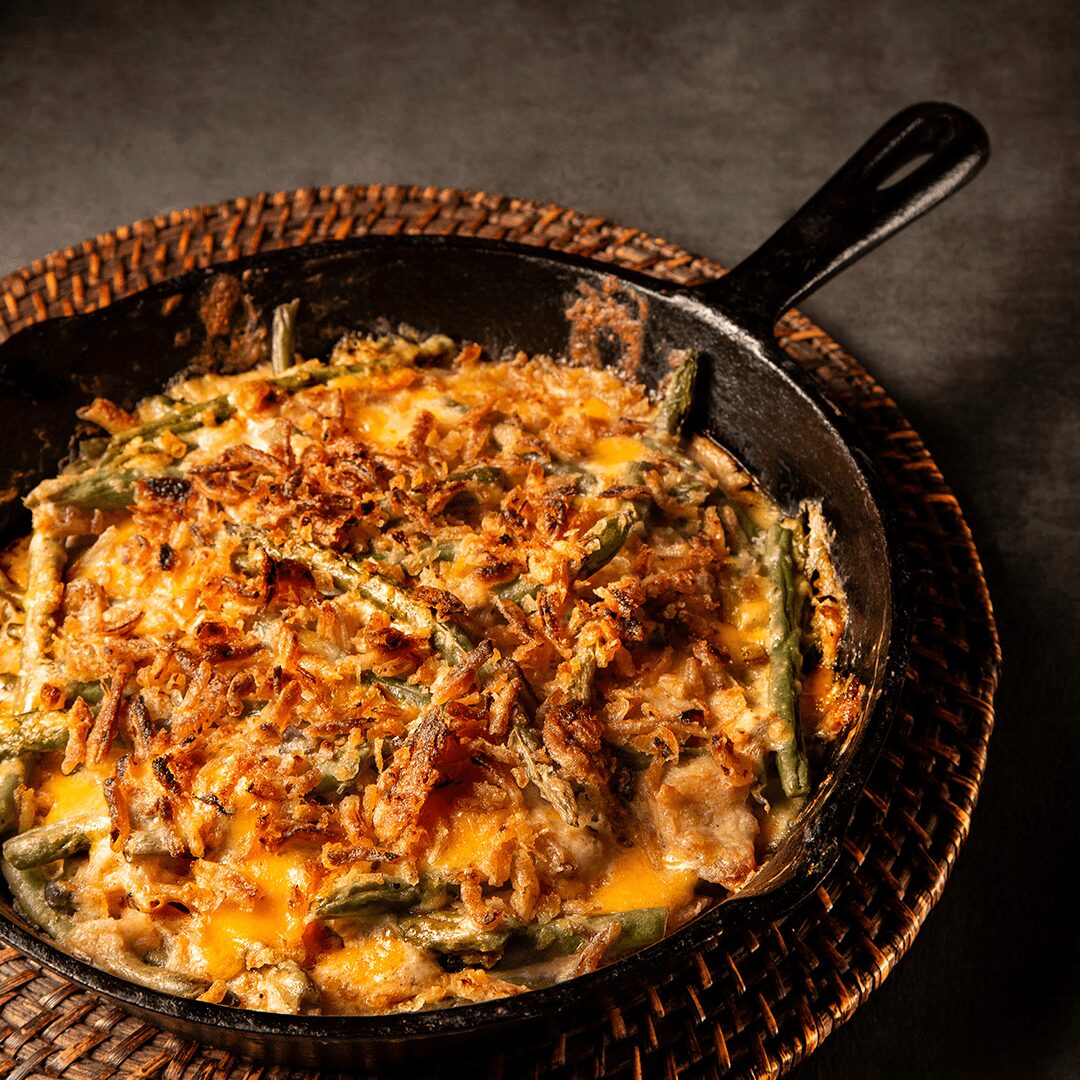
Can you tell us the story behind how you met your business partner?
My business partner, owner of the Rose Line Design firm, was the wife of a colleague when I worked for an automotive company. Her husband and I were two of the six trainers in HR and the only two Chinese people in HR. He and his wife had moved from their hometown of Singapore to California to pursue their educations, met, and married. I became aware that she did beautiful work, some of it pro bono for local dance companies. As a huge ballet aficionado, this immediately endeared me to her.
Later, she helped me re-do my resume and switch careers into management consulting. Naturally, I thought of her when I needed to hire a graphic designer for a training handbook I had written. We hired her, produced and distributed the manual nationwide, and my boss got a significant promotion.
We began to socialize outside of work and her husband even arranged a luxury “getaway car” for our wedding, even posing as our “chauffeur.” I babysat their son on occasion – until we both fell pregnant at the same time, she with her second and me with my first child.
With this kind of history, there was never a question that she was the one to design my book. She had never done a cookbook but had done many other types of books and catalogs, many richly illustrated. I felt this was a strength – to approach the book with fresh eyes and with her finely honed skill of balancing structure with beauty.
Turkey Savvy was a collaboration between two Asian friends, using our writing and design talents. We had always done projects for other people. This was a chance to do our best work – as our own clients. We envisioned SFP as a brand that would encompass a book series as well as merch, and have plans in the works for a new product launch in 2024.
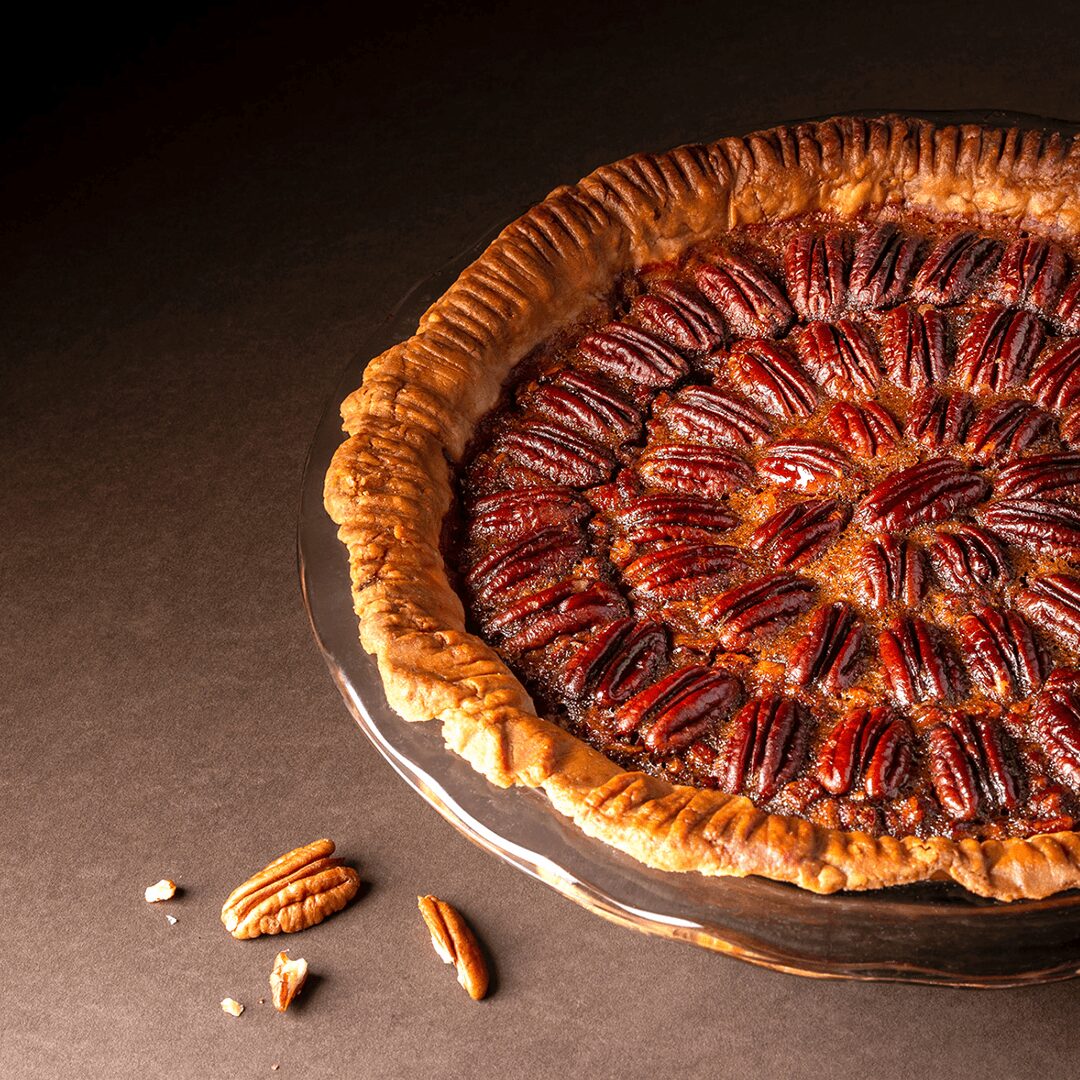
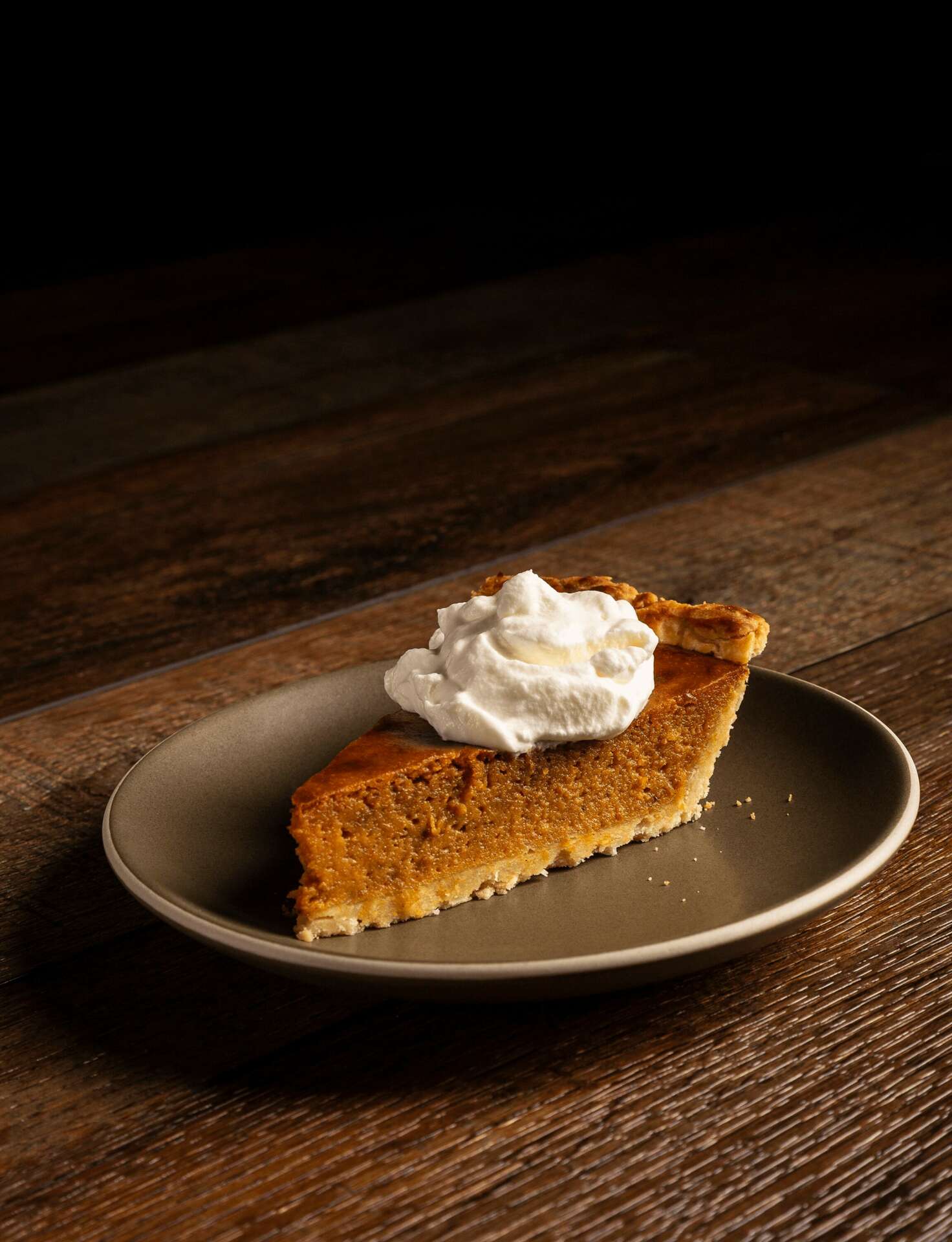
We’d really appreciate if you could talk to us about how you figured out the manufacturing process.
Yes. I worked directly with a book designer/art director, food photographer, food/prop stylist, and printers/bindery to produce a hardcover book and print collateral.
Both my book designer/art director, Rose Line Design (RLD) and I had worked with photographers and arranged photo shoots, including shot lists, for past work projects. However, neither of us had worked specifically with a food photographer, food stylist, or prop stylist. My book designer/art director had extensive knowledge of print production and had a long-standing relationship with a local printer.
I interviewed photographers I knew and others I found online. I loved one woman’s portfolio, but she proved very difficult to reach. The very first time I spoke with the owner of The Photo Pot, I thought, “This is the one.” I continued to pursue the other one until it became clear that her terms would not work for us. Happily, TPP had availability on our shoot date, just weeks away, but warned us that they did not do food styling and asked if we wanted a referral. We said no.
RLD thought her art direction would be sufficient we did not need a food stylist. Just days before the shoot, we realized that was not going to work. We asked TPP for that food stylist referral. Her top referral was not available, but she knew someone who happened to live nearby. She had never worked with this person though. I checked out her website. Her last client was Gucci. I called to chat with her, agreed on terms, and two hours later, had a food/prop stylist.
Our team’s hometowns were Honolulu, Singapore, Mexico City, and Toronto. Everyone was on top of their game. The pandemic was a gift to us, because we would not have gotten such amazing talent otherwise.
I thought press checks would take a day, maybe two days. Six days. All day. We pored over 88 pages of proofs, watched run after run as they adjusted the ink, stacking them in huge piles; picked our binding ribbon color. Had to do a few work calls in between press checks. After the printing, the pages were sent to the bindery.
On “pub day,” we rushed over to the printer to take the finished book in our hands – or more accurately, a pallet of books. In the meantime, we had ordered packaging: book boxes for one, two, or up to five books, logo stickers, and notecards. I signed books right at the warehouse, packaged them up, and took them to the post office. And the fun was just beginning!
Contact Info:
- Website: https://www.savvyfriendspress.com
- Instagram: @savvyfriendspress
- Facebook: @savvyfriendspress
- Linkedin: https://linkedin.com/in/jessicacwilliams
- Twitter: @savvyfriendspress
- Other: Pinterest: @savvyfriendspress
Threads: @savvyfriendspress


Image Credits
The Photo Pot/Sofia Felguerez and Alex Monfort
Aurelia Dumont


